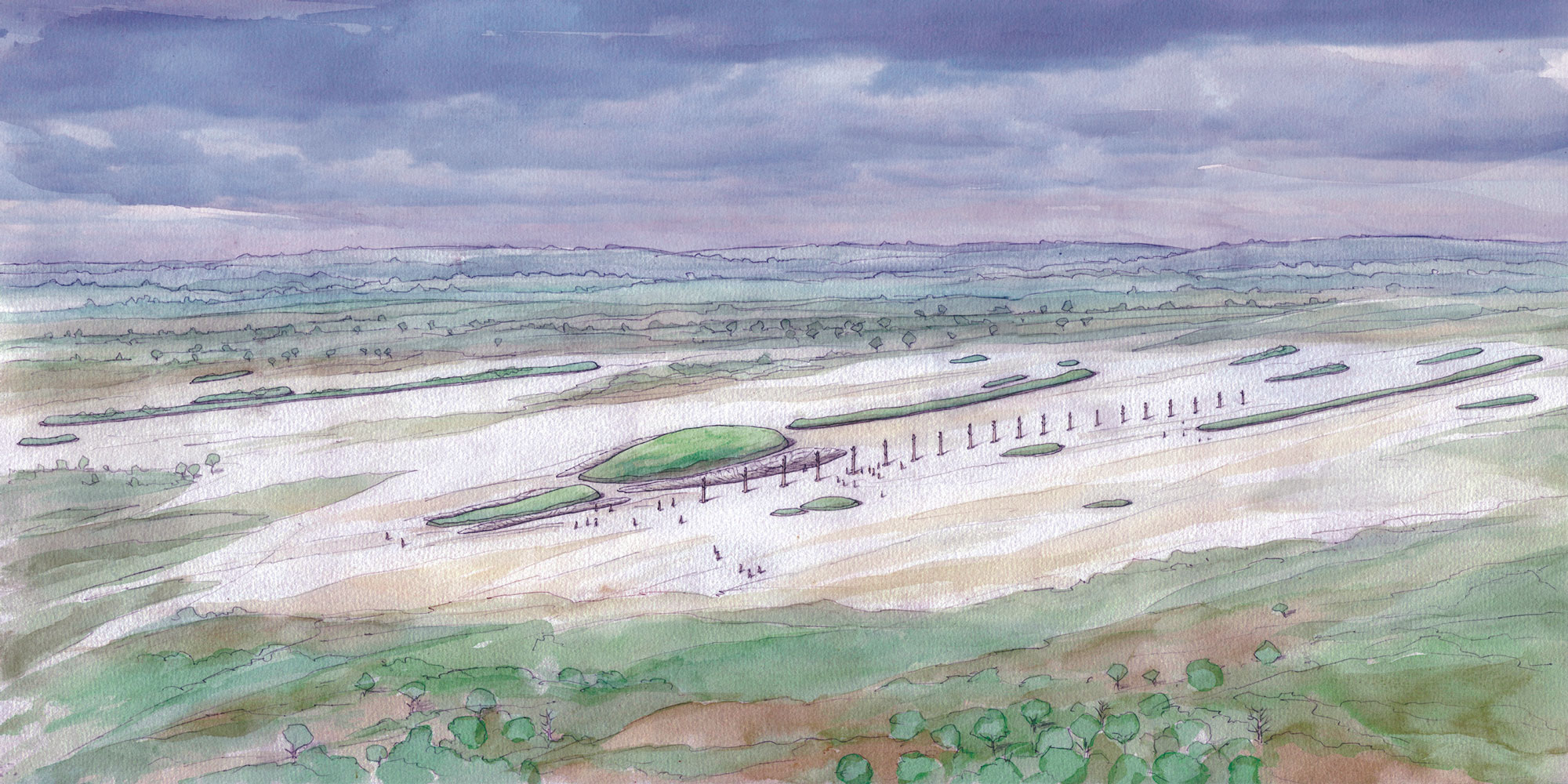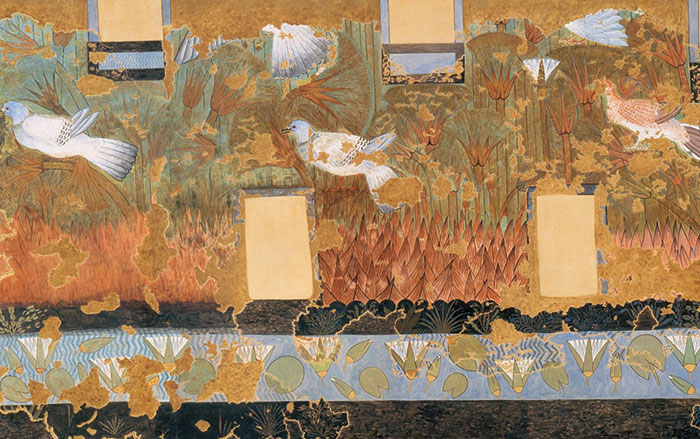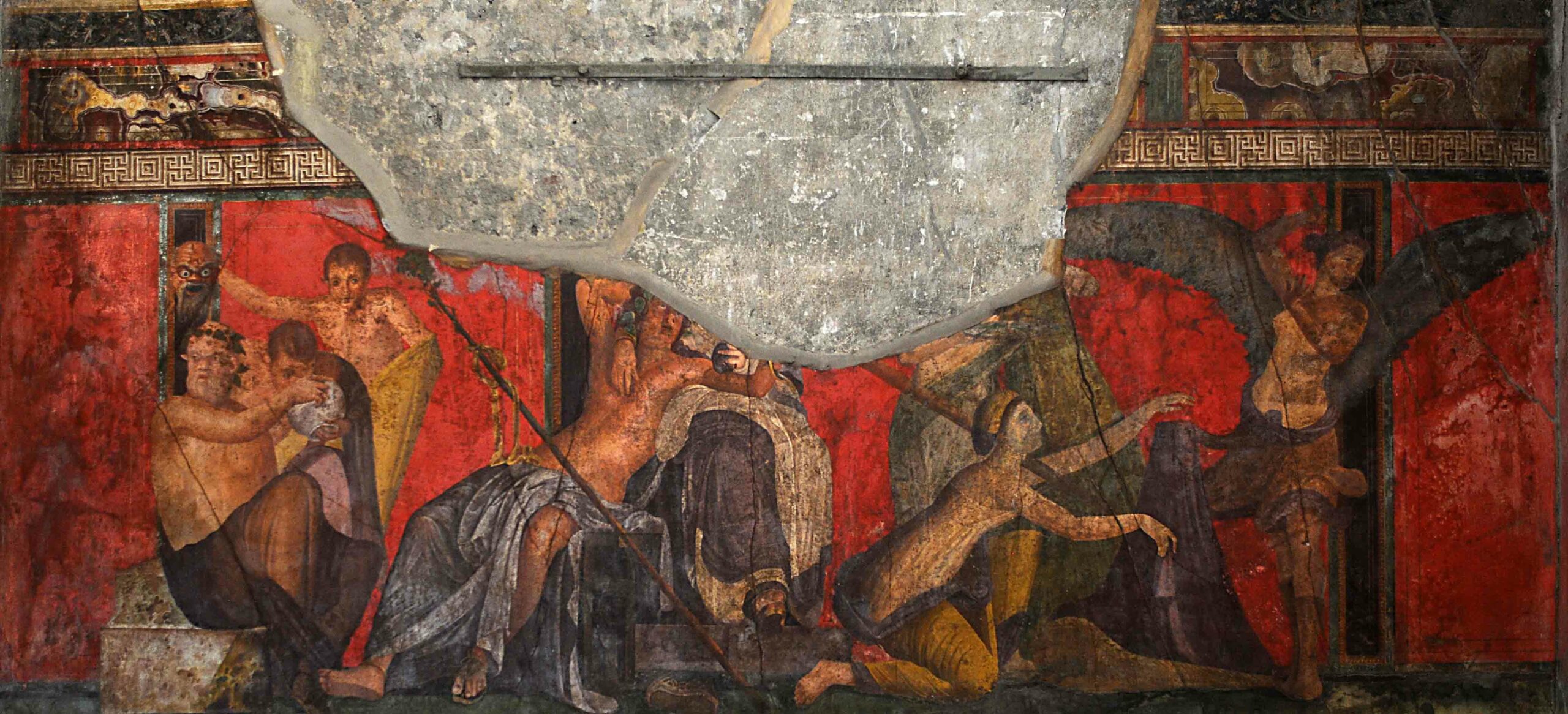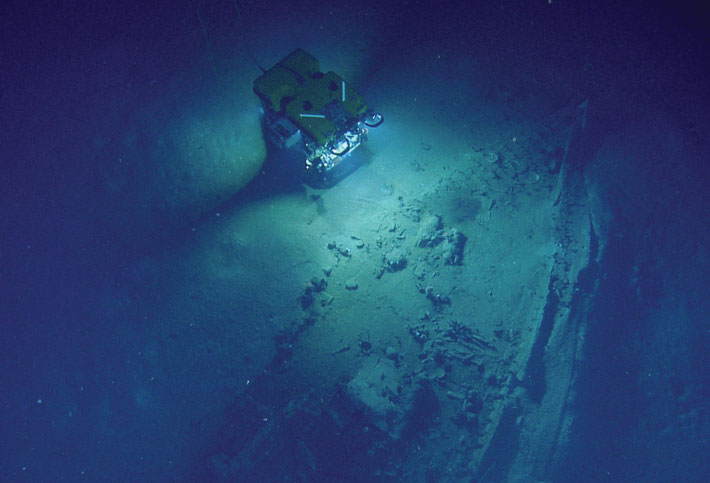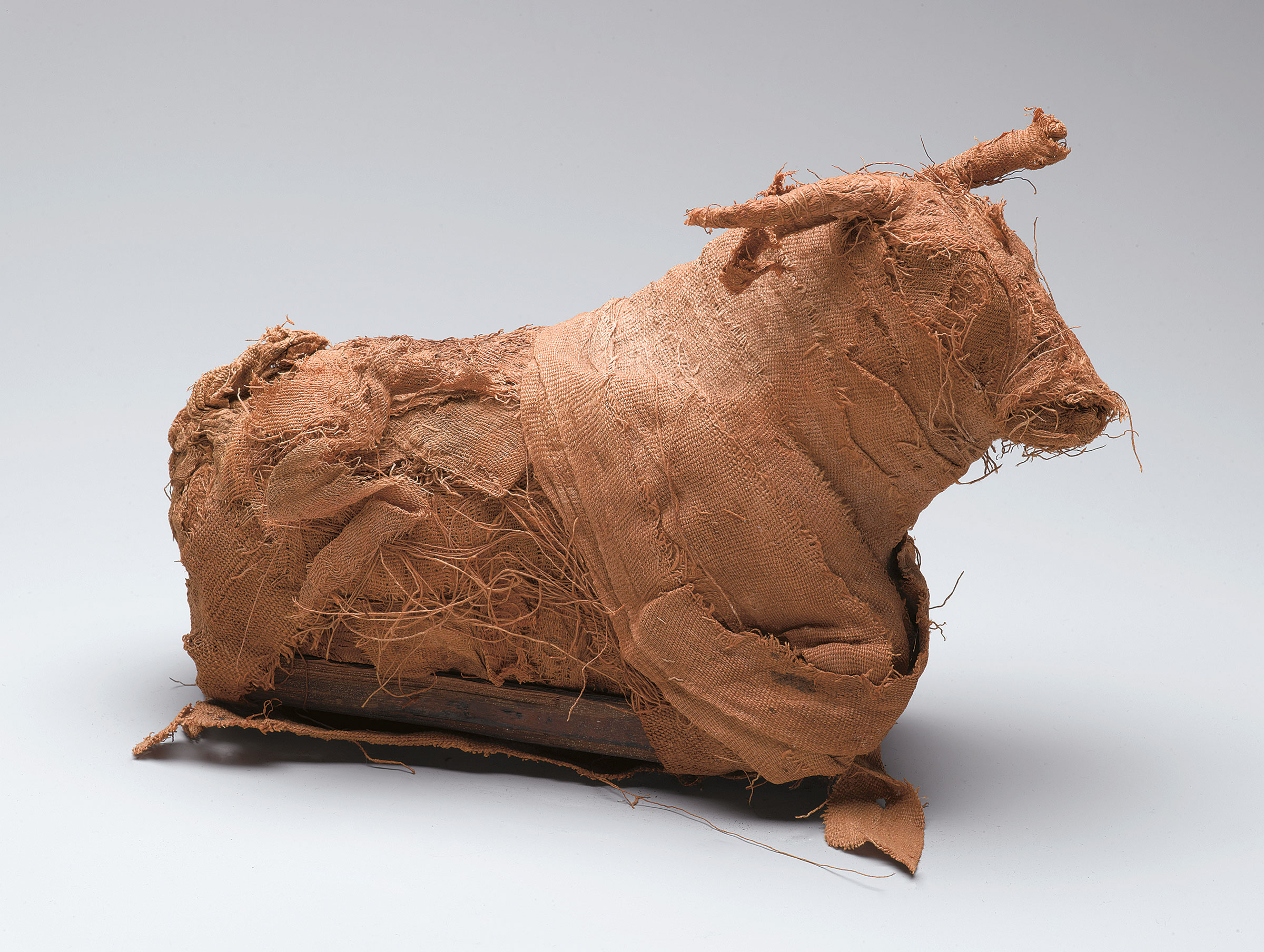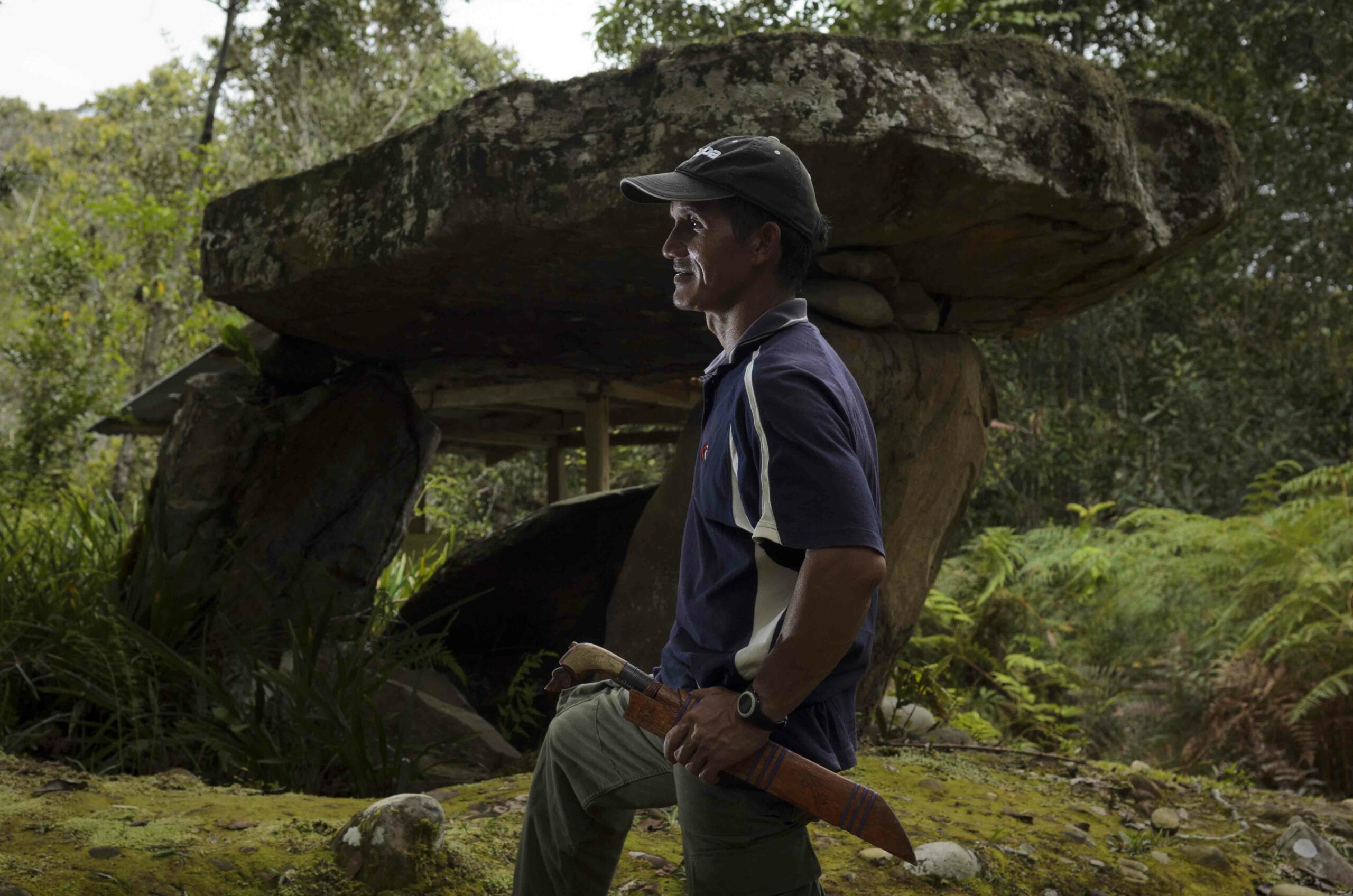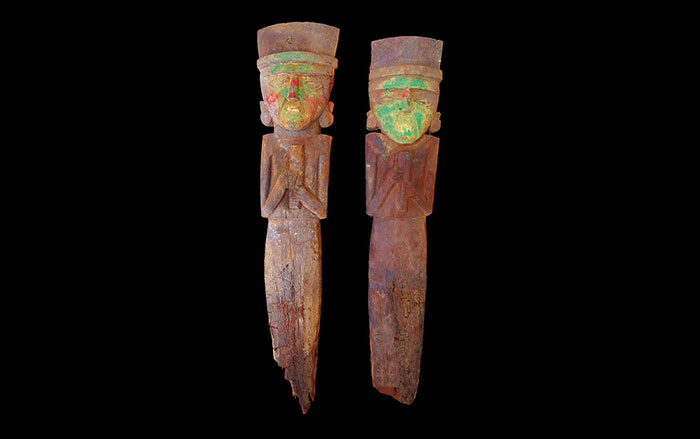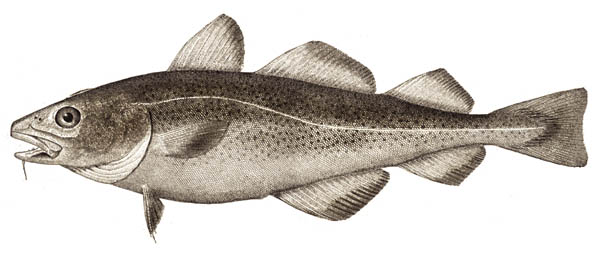
LONDON, ENGLAND—Cod bones recovered from excavations around London have been analyzed by David Orton of University College London and James Barrett of the University of Cambridge. They report in the journal Antiquity that the more than 3,000 bones span a period of 800 years. Local fisherman traditionally decapitated cod as part of the preservation process for long-range transport, so head bones were understood to represent fresh fish from local waters. Fish vertebrae, however, could indicate that the fish was caught locally or imported. A sudden change “from head to tails” in the early thirteenth century suggests that much of the fish was imported, and further testing indicates that the fish may have come from Arctic Norway. “What did this mean for the local fishing industry? Until we’ve looked at other fish species and other towns we can’t be sure, but the start of this long-range trade may well be an important message about changes in supply and demand,” Orton told Phys.org.



